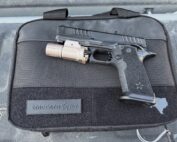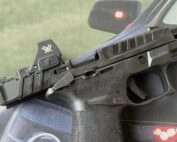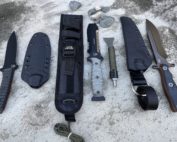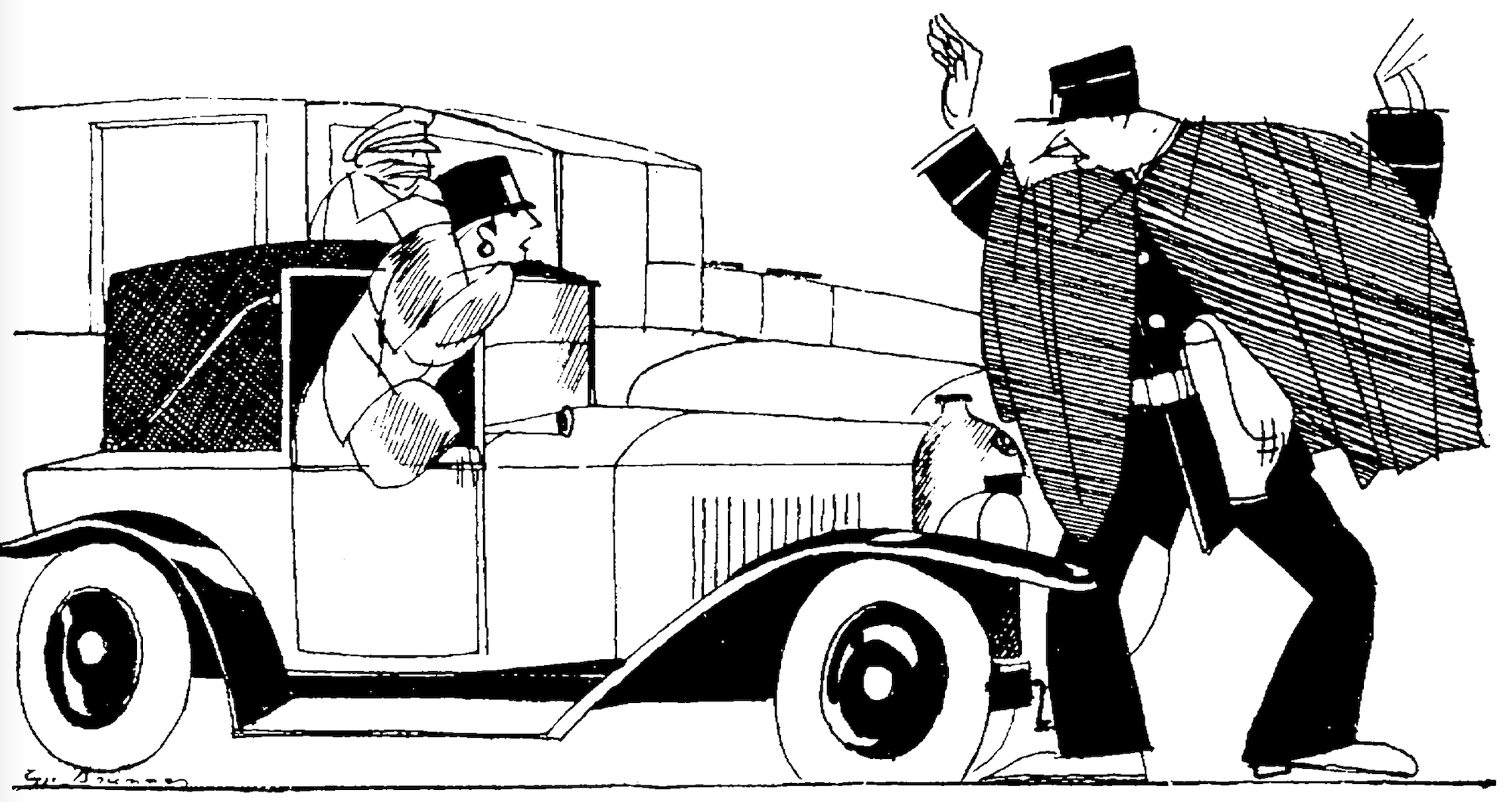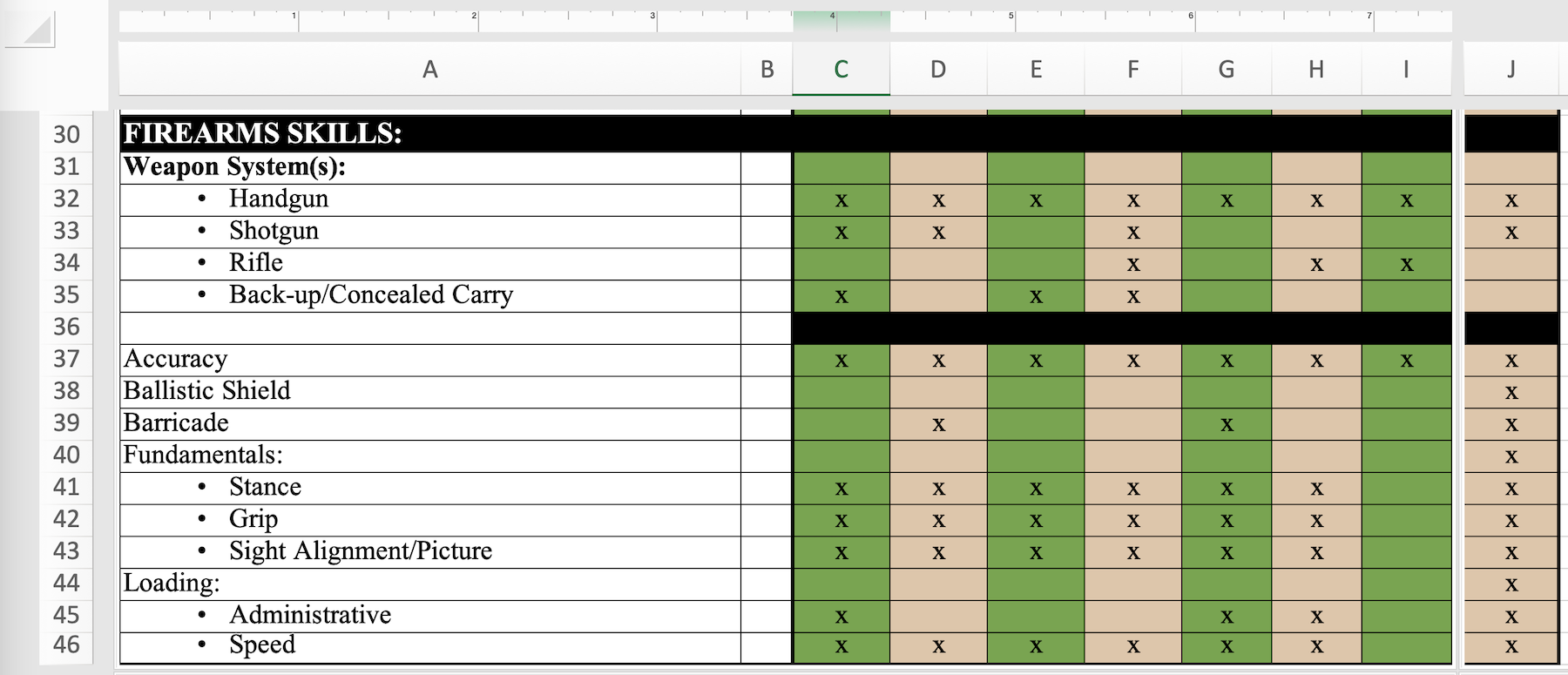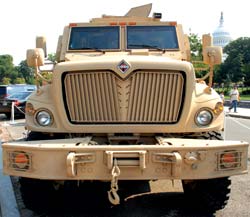
PUB-PIC
The wars are deescalating and one of the byproducts is a flood of military surplus equipment into the civilian market. While some of it may reach regular folks, I doubt we’ll be buying anti-tank missiles at the local gun show. Although I confess there’s a tiny part of me thinking it might not be a bad idea considering how out of control parts of our government seem to be. But that’s another topic for another column someday.
What’s already happening though is a general release of all sorts of goodies aimed at local LE agencies. From laptop computers to gas masks, hazmat suits to communication equipment, night vision and more, agencies are reaping the benefits of your tax dollars being spent on stuff the government didn’t need. Some tallies say it amounts to over $4.2 billion worth being released. And much of it is brand new.
So far, smaller agencies who normally wouldn’t be able to afford big ticket items are “benefiting” from this grand handout. As one small county agency spokesman said after nailing down an MRAP: “It’s armored. It’s heavy. It’s intimidating. And it’s free.” But is it? An MRAP weighs 18 tons, gets about 4 or 5 mpg and can tear up some roads due to their weight and all-wheel drive. Oh, did I mention they tip over all the time? The biggest hitch here is suddenly some rural county has a high-tech, $700,000 vehicle it has to maintain. Not counting the costs (often as much as $100,000) to convert the vehicle for domestic use.
My former agency had an early version of a civilian “tank.” We called it the “Victim Rescue Vehicle” (or VRV), and it mostly got used at static displays at county fairs and such showcasing all our cool police vehicles. We did manage to use it once at a SWAT shootout with a bad guy and found out the hard way it didn’t stop .308 rounds. It mostly got stuck in the mud, or wouldn’t start when we wanted to move it in the back parking lot to get it out of the way. Police “tanks” tend to get a lot of attention in the beginning, then as the realities of the costs of maintenance begin to rear their ugly selves (unless it’s a big agency who can afford it), they slip into obscurity onto back lots, gathering cobwebs under their tires and dead batteries.
I’m not saying an agency suffering from budget cuts shouldn’t take advantage of this burgeoning surplus extravaganza, but they need to be realistic about their needs. Do you really need 10,000 flex-cuffs if your agency has four officers? Will the military communications “system” originally designed to call in close air-support fire on ridge tops in Afghanistan really meet your needs to dispatch a traffic controller to write a parking ticket? And will your agency be able to support the costs of upkeep, training, repair, etc. of any gear you get?
The alternative? Support the domestic manufacturing market if you can and buy products not only meeting your exact needs, but products supported by factory representatives offering training and follow-up. Sometimes, what appears to cost more upfront will soon pay off in both long- and short-term savings. Also, military gear is built for combat, and is often heavy, cumbersome and mission-specific — usually not our mission.
During my own career I saw no end of “free” surplus gear get relegated to boxes in our property room. It was either never issued or was simply too confusing and complicated or had such a lack of support it simply didn’t make sense to use it. I clearly remember the “free” portable radios we got and then found out batteries were over $500 each — and they all needed one.
Before you sign on that dotted line for your own MRAP — make sure you can feed that beast.


 (No Ratings Yet)
(No Ratings Yet)